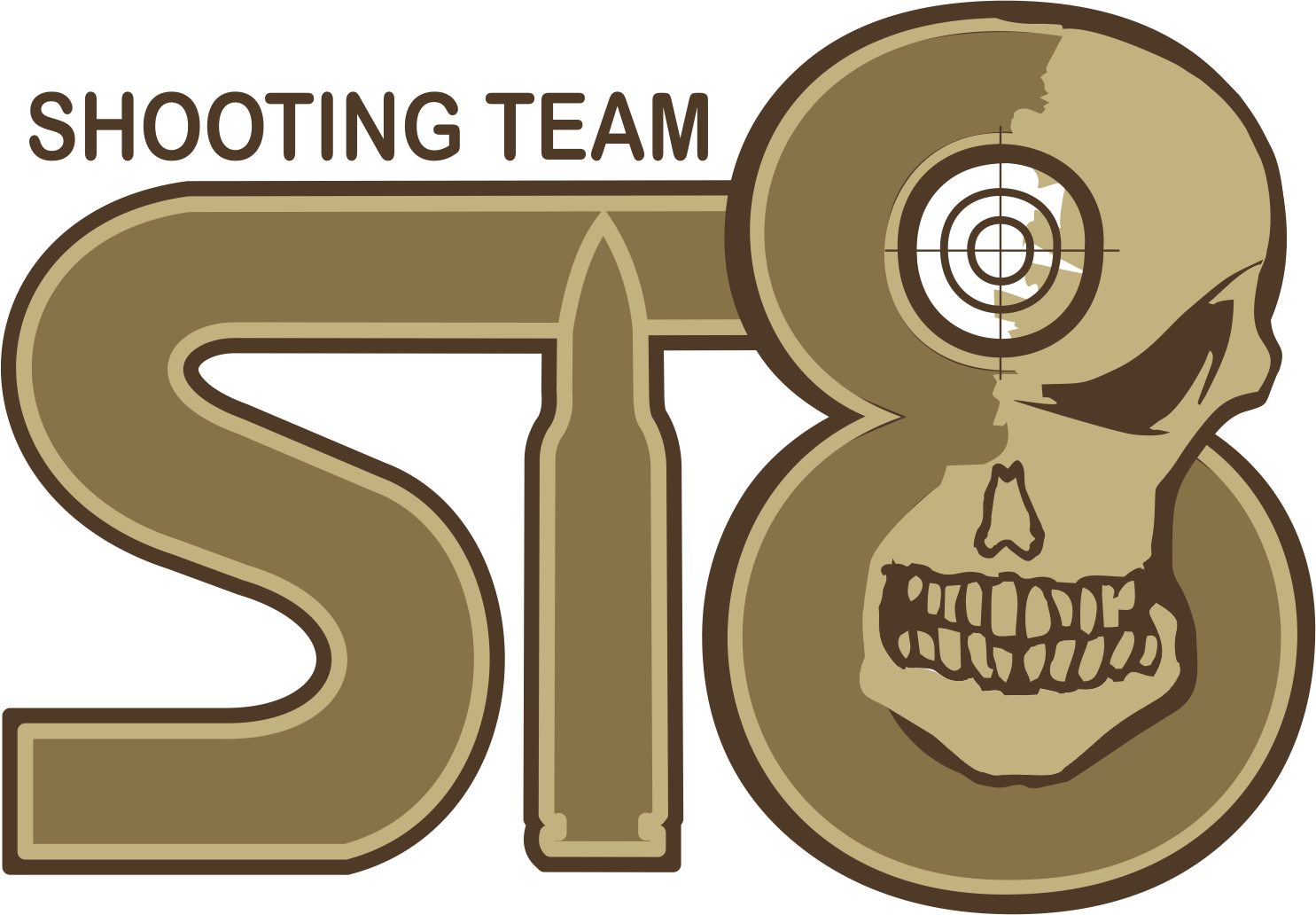Shooting positions - prone
This is the first in a series of articles on shooting positions. Basic prone position - for fast, dynamic and Long Range shooting. Other positions may be suitable for precise shooting at paper targets if the shooter can handle them perfectly - but they may not be suitable for our disciplines.

For the disciplines mentioned above it is necessary that the position when shooting prone is not only stable (which is obvious) but also such that it allows us to shoot fast and observe the hits. This requirement is not essential when shooting precision at paper targets at distances where hits are visible in the paper. If the rifle "bounces" or "jump sideways" after the shot nothing terrible happens (with normal calibers it rarely affects the impact. With magnum calibers, however, bad hits due to the wrong position could be seen)... The shooter usually checks his hits on paper by using the spotting scope (sometimes even with the use of a riflescope) and the only problem could occur with the next shot - so that he does not accidentally shoot at a wrong target when the rifle bounces to the side... It happens more often than you would expect...
It is therefore good to manage the recoil so that the weapon does not jump to the side after the shot. This will be easier by the best possible elimination of recoil - caliber with low recoil, heavy and stable weapons and a powerful muzzle brake. But even that alone is not enough. It is necessary to build a position behind the weapon in such a way that there is no jump to the side.

The picture shows the different position behind the weapon. The middle and left shooter lies so that the stock is supported perpendicular to the body. The shooter on the right lies sideways to the direction of firing and the stock is thus supported in the body at an angle. When firing the recoil does not push straight to the body (but obliquely) which leads to the weapon bouncing to the side. (yes, my English sucks...)

In such a position it is then necessary to compensate in some way for this bounce - so that the shooter can observe the hits or the flight of the bullet. However this is very difficult even with the fact that the weapon bounces differently on soft sand than on a concrete base... So it depends on many factors.

Surprisingly we can also encounter such strange positions when shooting. And many shooters have mastered such a position when shooting from a solid surface as a concrete. And although they can have excellent hits and results on concrete in other situations it's more of a hassle. And spotting own hits is really difficult...

Therefore it is much more advantageous to be behind the weapon straight - than the recoil goes straight into the body and the weapon returns to the target automatically and as quickly as possible after the shot. Ideally alone and without the active contribution of the shooter. Then it is possible from 200 meters or even less to be aimed back at your target and observe the flight of the bullet and the impact. With a well-managed position it is not a problem for 300 meters with a 6.5 Creedmoor caliber so that during the recoil the center of the cross does not leave the classic pistol target (50 cm circle. Paper usually 60x60 centimeters). And this is the feedback for the shooter that his position is good. If his legs are more or less outstretched - this is individual (for example if I personally try to spread my legs like the shooter to the left - then I will hurt myself...). Above all, the position should be comfortable, natural and relaxed.

Muscle fatigue, tension, or even muscle tremors - these are the biggest enemies. That is why it is good to relax calmly even between individual strings...
For more action shooting which for example requires: get fast into position, find a target and shoot - there is a benefit of the position in the line with the rifle clear. As can be seen in the video...
In the modern concept of precise long range shooting - it is more and more important not only the precision itself but also speed. And the ability to respond immediately to hits. More and more often we shoot at metal targets in the style of "hit / miss" than just at papers to chase 10 or at least 9... More and more often we shoot at distances where the hits on paper are not visible (it is possible to see them up to about 500 meters under good observation conditions. Sometimes they are not even visible at 300) and so it is necessary to estimate the hits only according to the flight or to see the impact of the bullet. And it is necessary to respond to this development by improving our shooting techniques. What was good enough ten years ago is not good enough today...
















